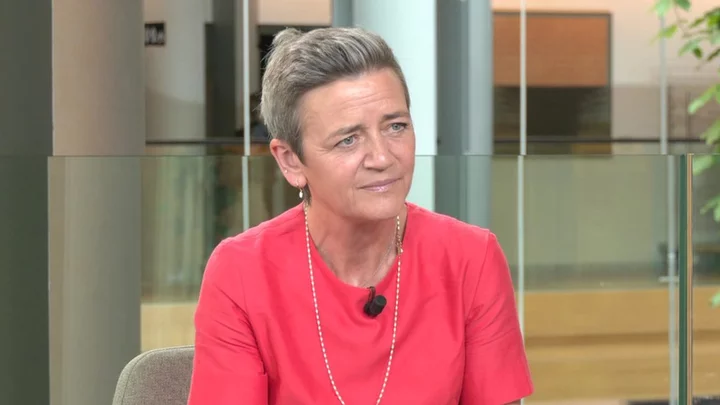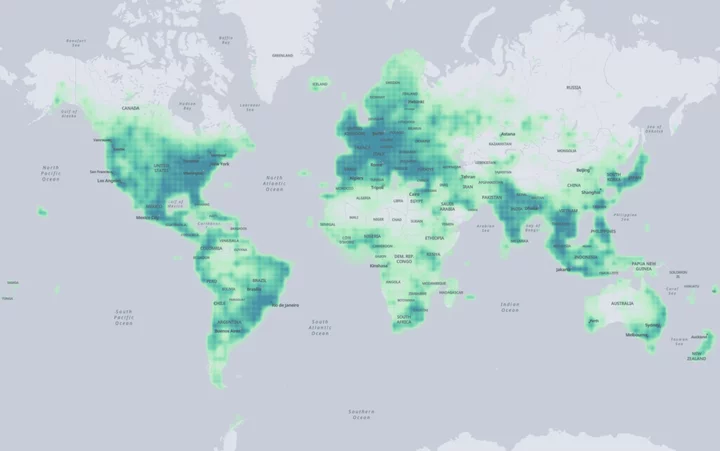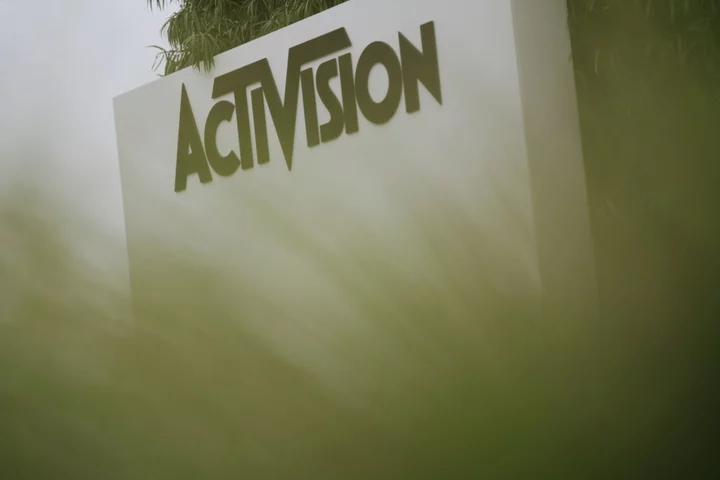
Aerobotix and FerRobotics to exhibit new Active Taping Kit (ATK) tool at Automate 2023
HUNTSVILLE, Ala.--(BUSINESS WIRE)--May 15, 2023--
2023-05-15 20:19

Is xQc joining UFC? Fans speculate as Kick streamer meets Dana White: ‘Skeleton Weight when?’
The video of the unanticipated meeting quickly went viral and received a ton of comments
2023-08-10 15:49

Revolutionizing Wellness: Blokes + Joi Unveils Smart Supplements, Pioneering a Data-Driven Approach to Optimal Health.
NASHVILLE, Tenn.--(BUSINESS WIRE)--Sep 14, 2023--
2023-09-14 21:28

Discrimination bigger concern from AI than human extinction, says EU chief
The warning comes ahead of the European Parliament voting on rules to regulate artificial intelligence.
2023-06-14 07:22

Put your chores on autopilot with up to 35% off iRobot Roomba Vacuums
Our top picks Best deal overall iRobot Roomba i3 EVO (3150) $249 at Amazon (save
2023-08-18 23:53

Toyota, Pony.ai plan to mass produce robotaxis in China
BEIJING Toyota and partner Pony.ai are planning to mass produce robotaxis in China, setting up a venture this
2023-08-04 17:48

8 Historic National Park Hotels for Your Bucket List
From a 175-year-old farmhouse to a luxury lodge on the Grand Canyon, these are the most historic places to stay in eight national park properties.
2023-05-26 20:21

Most of Europe Poised for Cooler Temperatures by Next Weekend
The heat wave that’s gripped parts of the continent is set to give way to cooler weather in
2023-08-18 16:53

As wildfires rage in Greece, tourists flee and locals shelter
By Fedja Grulovic RHODES, Greece (Reuters) -More than 2,000 holidaymakers were flown home on Monday, tour operators cancelled upcoming trips,
2023-07-25 02:56

Amazon, Meta, Microsoft, and TomTom join forces to take on Google and Apple Maps
Amazon, Meta, Microsoft, and TomTom have jointly released an open map dataset aimed at providing
2023-07-27 13:23

Microsoft, Activision Weigh Sale of Some UK Cloud-Gaming Rights
Microsoft Corp. and Activision Blizzard Inc. are considering giving up some control of their cloud-gaming business in the
2023-07-14 07:57

Microsoft’s Activision Deal Gets Sliver of Hope as EU Defies UK
Microsoft Corp.’s $69 billion takeover bid for games developer Activision Blizzard Inc. came back from the brink after
2023-05-16 11:25
You Might Like...

EU official visits Twitter headquarters to 'stress test' its ability to handle content moderation

Tesla shouldn't call driving system Autopilot because humans are still in control, Buttigieg says

China's Baichuan, Zhipu AI launch AI models after receiving approval

GE Appliances and Roper Corporation Celebrate Transformed Plant and 50 Years of Cooking Products Leadership

AstraZeneca announces innovative partnership with Vanguard Renewables to decarbonize its United States sites

How a vote to empower autonomous ‘robotaxis’ from Cruise and Waymo has divided San Francisco

When PewDiePie almost got evicted for this stunt: 'Is this illegal'?

The Bose QuietComfort headphones and earbuds are both on sale at Amazon right now
